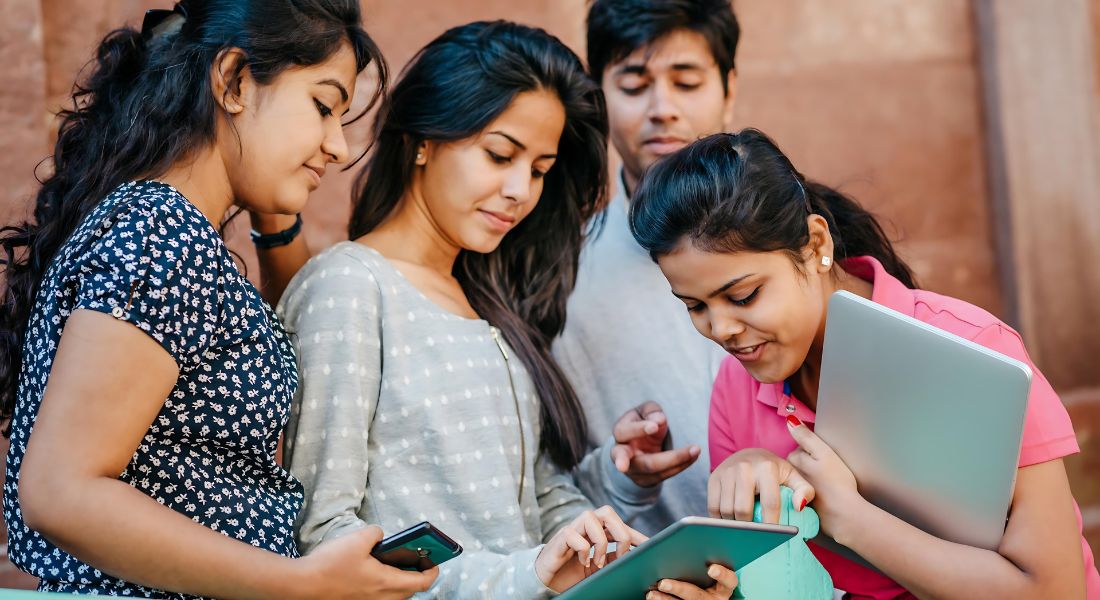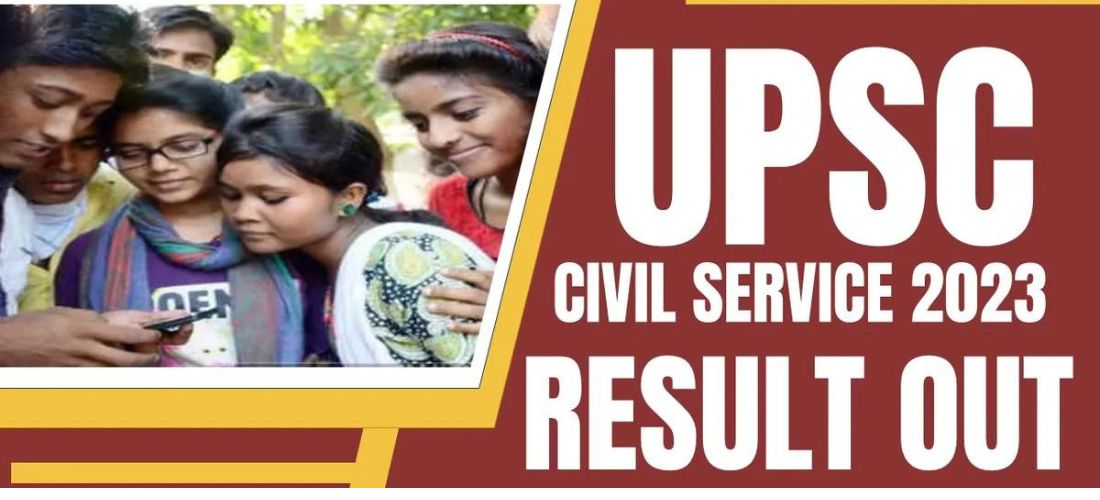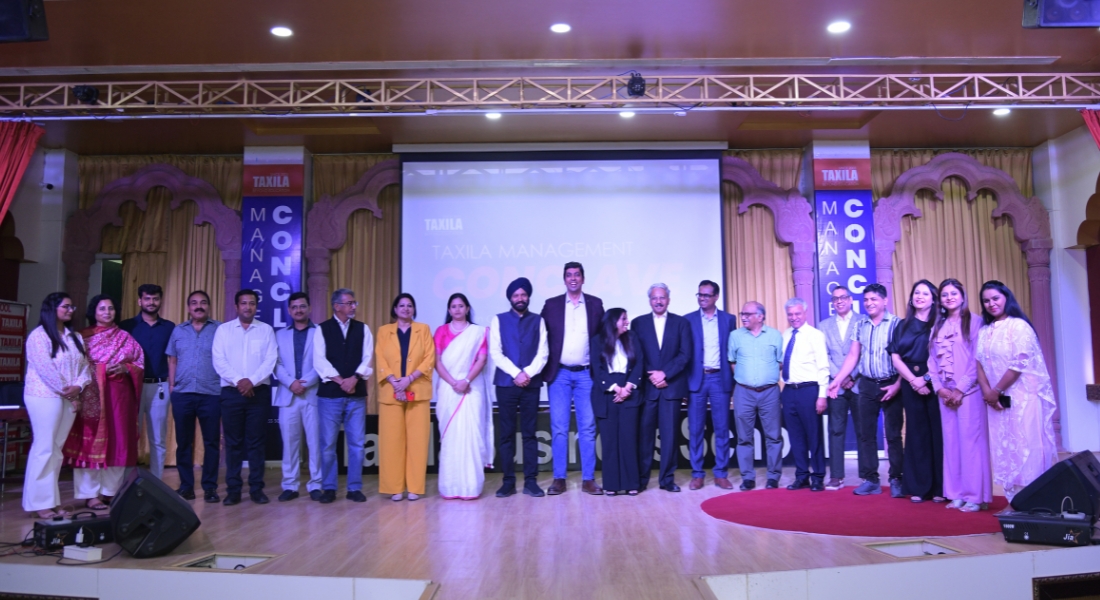The Indian Institute of Technology (IIT) system is witnessing a rise in the number of female students qualifying for the prestigious Joint Entrance Examination (JEE) Advanced exam. In 2024, a record-breaking 7964 women candidates qualified for IITs, while in 2023 the number was 7,509. This positive trend is being attributed to several factors, including a supernumerary quota for women, increased online resources, and targeted outreach programs.
A major driver of this growth is the introduction of a 20% supernumerary quota for women in IIT undergraduate courses in 2018. This quota ensures extra seats for women candidates, making it easier for them to secure admission into their preferred IIT and branch.
Supernumerary quotas have a positive impact beyond the number of seats available. Studies show that before quotas, only 8% of female qualifiers got into the IITs, while 20% qualified for the entrance exam. This shows that girls gave priority to factors like location and branch selection while choosing an institute. The supernumerary quota addresses these concerns by providing them with more options.
The availability of high-quality online preparation material like the IIT-PAL (IIT-Professor-Assisted Learning) program has also been a game-changer. Free access to video lectures by IIT faculty allows students from all backgrounds to prepare effectively for competitive exams.
Many IITs are taking initiatives to bridge the gender gap in STEM fields (Science, Technology, Engineering, and Mathematics) through outreach programs. These programs, such as the Science Popularization Program in Local Languages by IIT Madras, aim to reach thousands of school students, especially girls, and introduce them to exciting career opportunities in STEM.
Also Read – Top MBA Colleges in India 2024




